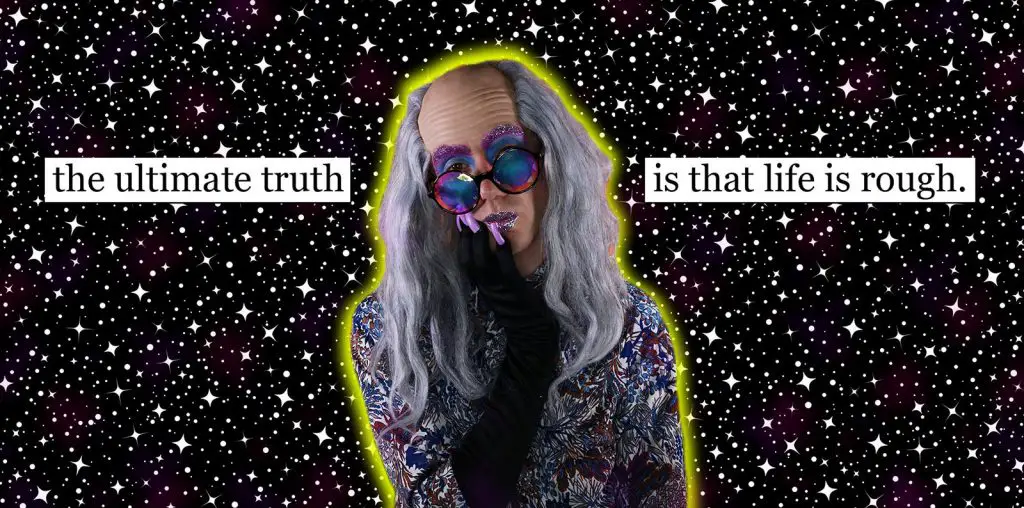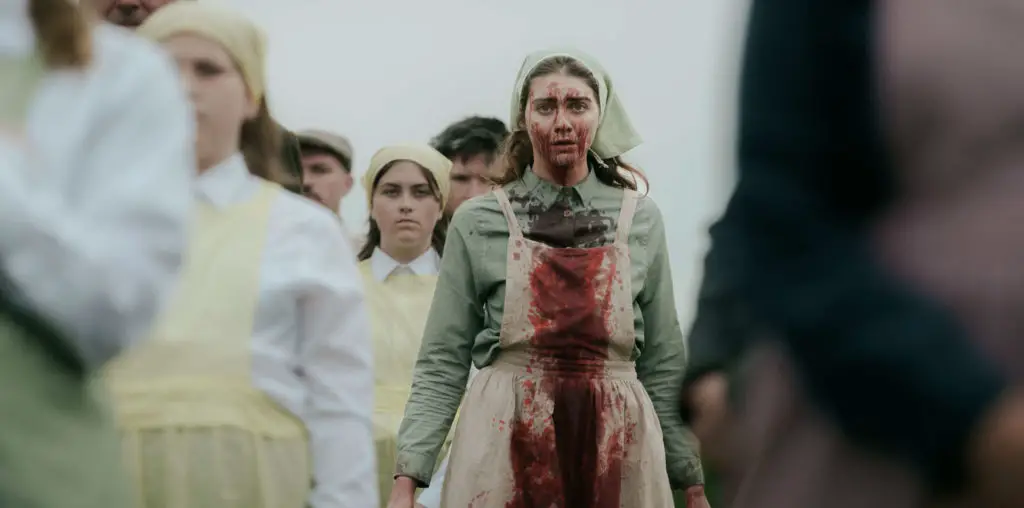
From the official press release:
The New Zealand Film Archive and the National Film Preservation Foundation announced today a partnership to preserve and make available an astonishing collection of 75 American motion pictures that no longer survive in the United States—and have been unseen anywhere in decades.
Heading the list is John Ford’s full-length feature Upstream (1927), a backstage romance involving an aspiring Shakespearian actor and the daring target girl from a knife-throwing act. Only about 15% of silent-era films by the four-time Academy Award-winning director are thought to survive. The collection also includes another important Ford find—a trailer for the director’s lost feature Strong Boy (1929), starring Victor McLaglen.
“Upstream is a major discovery that illuminates a previously lost page of John Ford’s early years at Fox,” said Matthew Bernstein, Chairman of the Emory University’s Film Studies Department and co-editor of John Ford Made Westerns, “Who would believe that it would be found complete, in good condition, and with original color tints? And that is only the tip of the iceberg of this amazing New Zealand collection.”
Among the other important finds are Maytime (1923), an early feature with Clara Bow; the first surviving film directed by and starring Mabel Normand; an episode of the popular serial The Active Life of Dolly of the Dailies, starring Mary Fuller as the unstoppable woman reporter; Westerns made in Tucson, San Antonio, and Yosemite; the only known narrative feature showcasing the Miller Brothers Wild West Show; comic shorts starring Charles Puffy, Snub Pollard, and Joe Murphy; an industrial film about the making of Stetson hats; and a number of documentaries and newsreels. The films date from as early as 1898. About 70% of the nitrate prints are virtually complete, and more than two-thirds have color tinting. Taken together, the films are a time capsule of American film production from the 1910s and 1920s.
The “lost” films will be preserved over the next three years and accessed through the five major American silent film archives: the Academy of Motion Picture Arts and Sciences, George Eastman House, the Library of Congress, the Museum of Modern Art, and the UCLA Film & Television Archive, which are collaborating with the NFPF on this project. Copies of the complete films will also be publicly available in New Zealand and viewable on the NFPF Web site.
Only a fraction of the American films created during the first four decades of the motion picture still survive in the United States—probably fewer than 20%. American silent films, however, had a worldwide popularity, and many works discarded in the United States survive abroad as distribution prints that were salvaged decades ago at the end of theatrical runs. The Library of Congress has estimated that roughly one-third of American silent-era features that survive in complete form exist only in archives in other countries.
“We are delighted to collaborate with the NFPF to preserve and make available these notable films,” said Jamie Lean, Division Director, the New Zealand Film Archive. “Hundreds of American motion pictures from the silent era exist in archives outside the United States. We hope that our example will encourage other international partners who have safeguarded “lost” American films for decades to share their long-unseen treasures with the world community.”
The National Film Preservation Foundation (www.filmpreservation.org) is the nonprofit charitable affiliate of the National Film Preservation Board of the Library of Congress. Since starting operations in 1997, the NFPF has helped save more than 1,650 films at archives, libraries, and museums across 48 states, Puerto Rico, and the District of Columbia.
The New Zealand Film Archive / Ng? Kaitiaki o ng? Taonga Whiti?hua (http://www.filmarchive.org.nz/), an independent trust established in 1981, preserves and protects hundreds of thousands of moving images documenting New Zealand, from its first movies to contemporary television and cutting edge avant-garde. The NZFA runs an active screening program at its headquarters in Wellington and sites throughout New Zealand.

